Archaeological Site of Keramikos
The archaeological site of Keramikos (Ceramic) is due to its name in ancient pottery workshops.
Location
Timeline
Modern and Contemporary era (1821 - )
1863 A carriage ran over a piece of marble protruding from the ground and immediately afterwards, excavations of the area began.
1870 Systemic excavations began.
1913 Excavations are carried out by the German Archaeological Institute.
Ottoman era (1453- 1821)
Byzantine era (331 AC- 1453)
Roman era (30 BC- 330 AC)
86 BC Destruction of Pompieion by the Romans of Sulla and replacement by a two-storey building-warehouse.
267 AD Total destruction of Dipylon and Pompieion by the Heruli. Replacement of Pompieion with two stoas with common entrance.
Hellenistic era (322- 31 BC)
Classical era (478-323 BC)
In the 4th century BC the wall was reinforced.
478 BC Construction of Themistocles Wall, Dipylon and Sacred Gate.
394 BC Renovation of the wall and the gates by Konon with Persian funding.
388 BC Construction of a fortified enclosure that resulted in the destruction of part of the burial monuments.
Archaic era (800-479 BC)
Geometric era (-1100- 800 BC)
Prehistory (-1100 BC)
The oldest tombs date to the Early Bronze Age (2700-2000 BC).
1100 BC Begins to systematically develop as a cemetery.






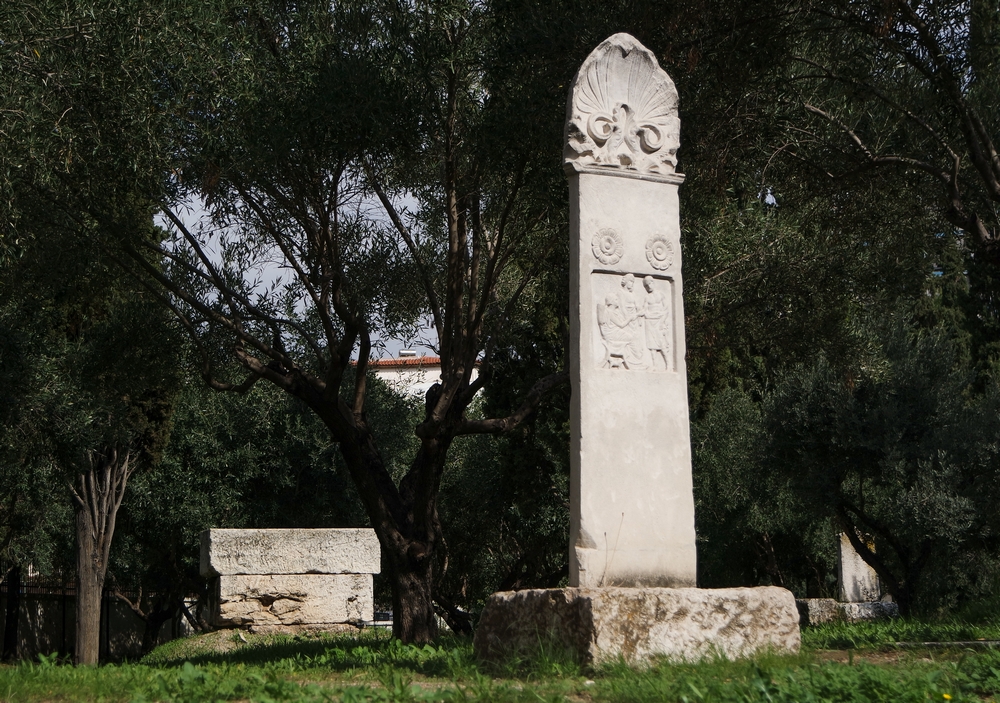
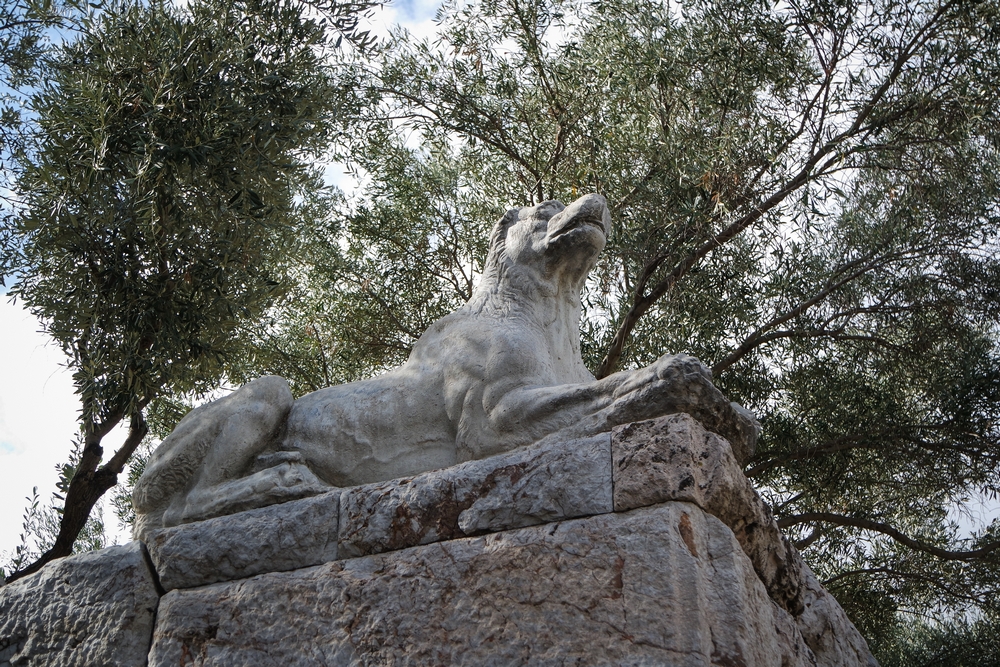

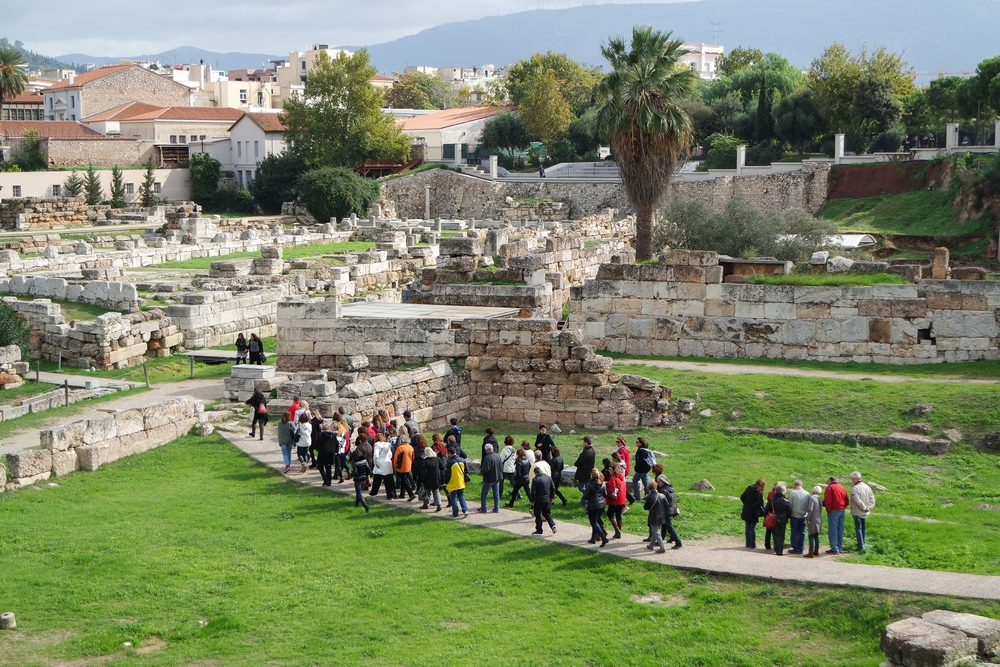
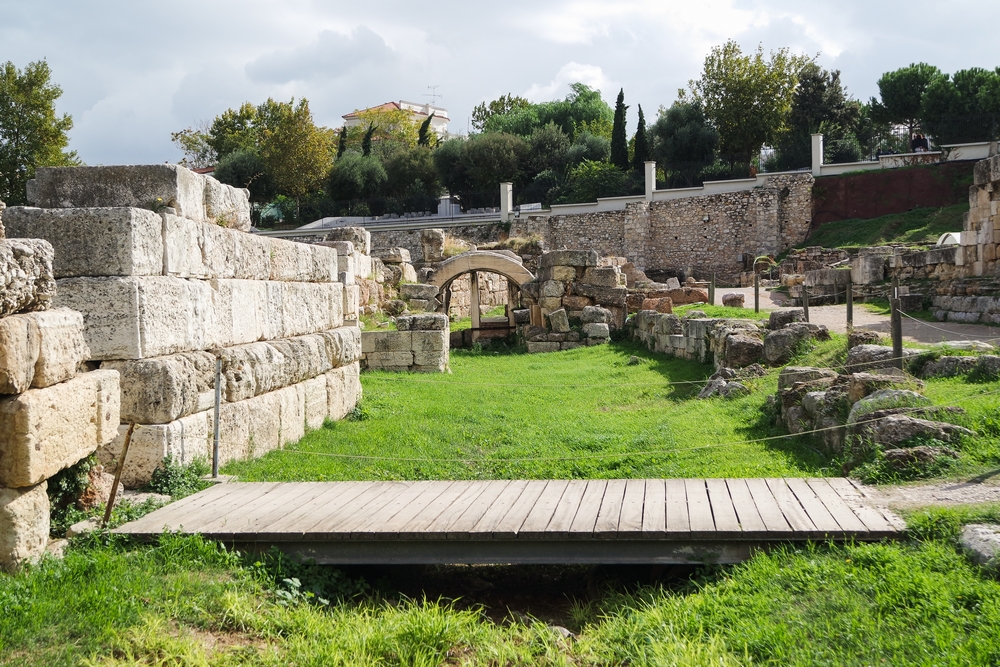
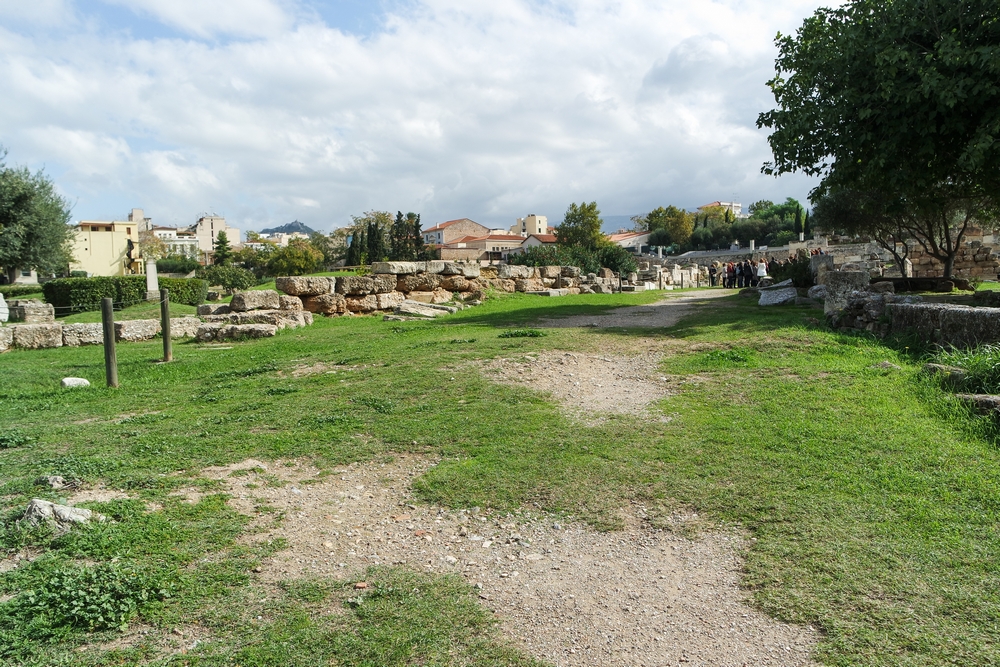
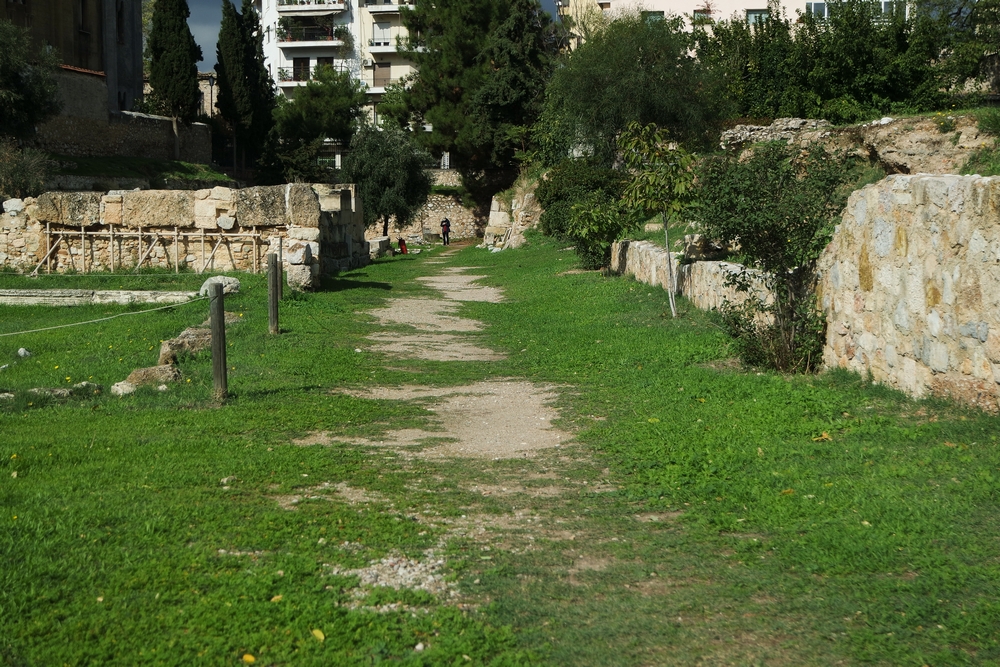



Share